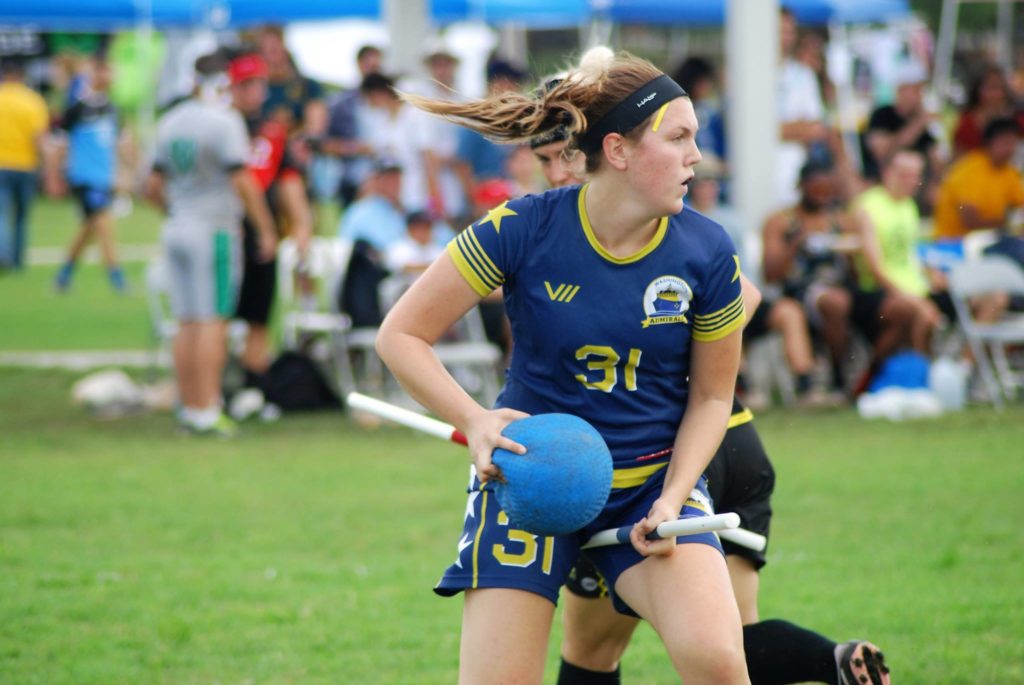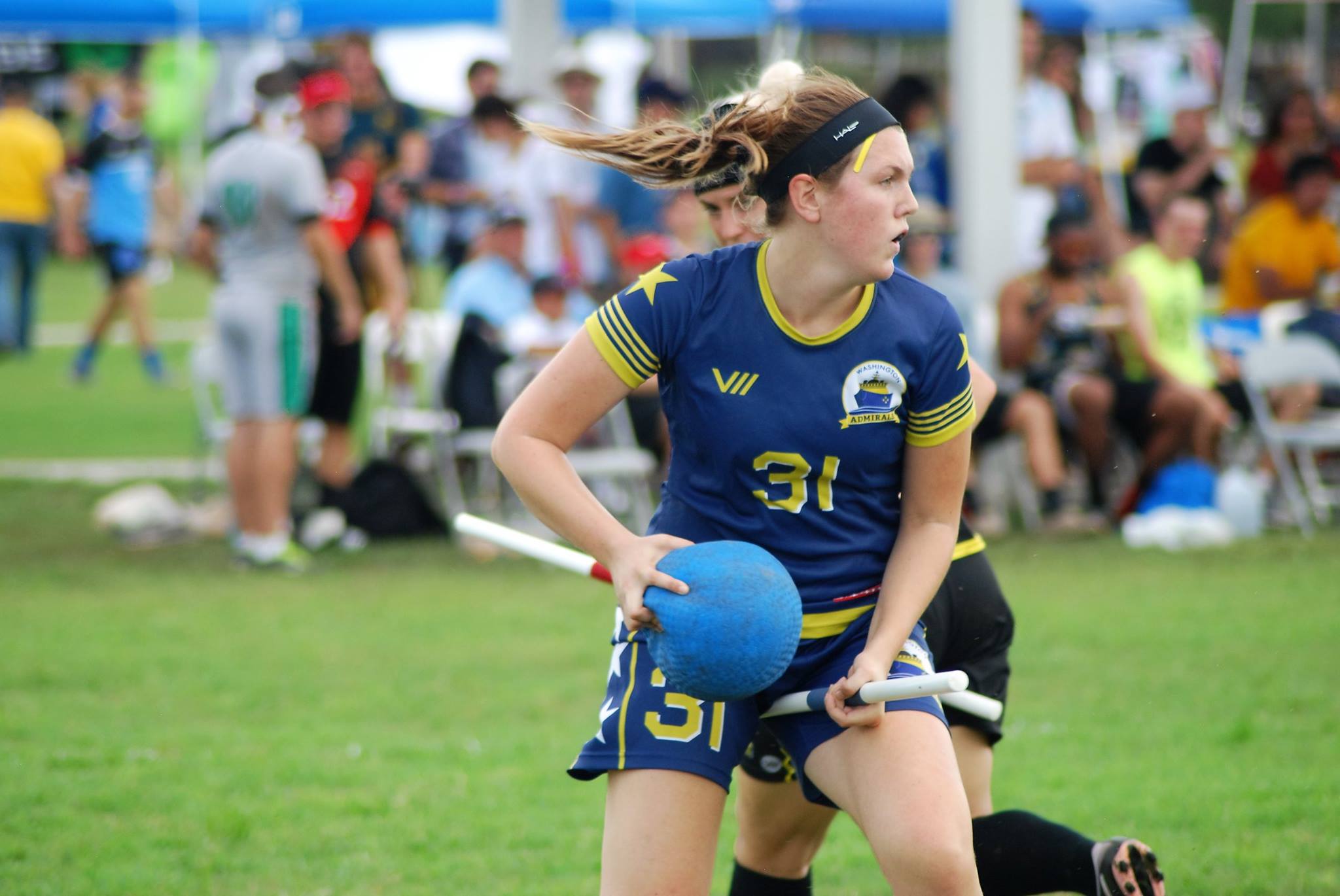
Credit: Jenna Bollweg
We in the MLQ Gameplay Department are always looking for ways to help move quidditch forward through policy and rule changes. Our timeout rule, originated during our 2015 season, has been met with unanimous positive responses, while our overtime snitch policies changed between our 2015 and 2016 seasons as we worked to get closer to a perfect balance of play amongst all positions in the extra period.
For the 2017 season, we have a series of rule changes that we are excited to share with you. After a year of reviewing gameplay across all leagues and levels of play, our Rules Committee—a group of Gameplay Department volunteers spread across the department and headed by MLQ Gameplay Director Edgar Pavlovsky—met on numerous occasions to solidify a list of issues they had with the modern rulebook and gameplay and potential adjustments they could make to improve upon them. After much tweaking and tinkering, we are all thrilled to share with you our newest MLQ-specific rules, which were ratified by the MLQ Rules Committee, confirmed by the MLQ Commissioners and edited for rulebook standardization by Kym Couch.
Our first new rule addresses the issue of a lack of pace within the sport. One of our main goals is to present quidditch in an elegant, highly-consumable form, and the modern game had simply strayed too far from that with no uniform, usable tactical counters in sight. In light of this, we have added stricter requirements on the offensive team, giving them only one reset back past half pitch after they cross it within a possession before earning a quaffle turnover.
In order to address the added power this condensed field gives to beaters, we have given chasers and keepers back the power to swat bludgers. This will make “tap beats” on quaffle players less free and make it harder to clear all offensive options out of your own defensive zone.
Many of our players, fans and volunteers were concerned about the bloated length of certain games during the 2016 MLQ season—games that were not particularly competitive but which simply would not end because a snitch could not be caught. In response to this, we are giving regulation a hard, 40-minute game time cap.
Our staff also felt that the extremely short minimum for a quidditch match was making depth almost completely irrelevant. Our MLQ rosters are built for depth, and we wanted teams to be able to highlight that rather than relying on the same six or seven members of their 30-team roster, game after game. With that in mind, we have extended the seeker floor to 20 minutes.
Finally, our staff looked into the way penalties stack in the rulebook. Our Rules Committee felt strongly that the penalties that can earn two yellow cards in a full-contact sport could be far too innocent to earn a red card and disqualification from the game. Thus, it raised the number of yellow cards that cause an automatic red card from two to three.
All new policies can be seen in full detail here.
We hope you are just as excited as we are to see these rule changes in action. As always, we want to hear your critiques—as well as your suggestions—as these are tested throughout the 2017 season. Best of luck to all of you as you enter a new season and begin to unwrap all of the intricacies these new rules will bring.

